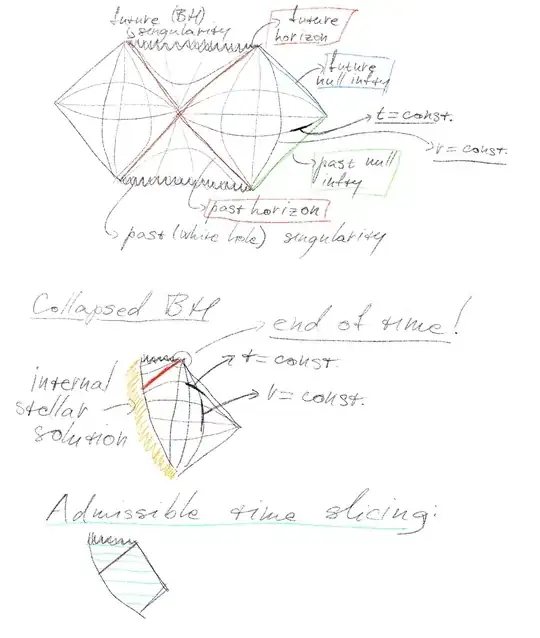This is a long comment:
As we all learn, Euclidean geometry was "discovered" and was the way, slowly, the observations of nature by mapping the earth with measurements developed, and the theory gave the possibility to predict distances and times of travel, in addition to a standard of calculating invariant areas of earth. It has been extremely useful.
Where is the mass of the earth in this theory? We know it is a local theory and the mass of the earth is irrelevant for the particular calculations.
BUT we know by observation that it is spherical geometry that really describes the surface of the earth. The axioms that relate the measurements to the mathematics used for predictions have to change to the axioms of spherical geometry. The mass of the earth is relevant only that it can be deduced that it should exist in order to get a spherical geometry.
With Newtonian gravity the mass of the earth is in the law, used to relate measurements to the mathematical theory, of $F=ma$, $F$ observed and in the observed acceleration induced by the mass.
With General Relativity what relates the mathematically possible infinity of functions to measurements of nature is the stress energy tensor and, instead of $F=ma$, it is Einstein's equation, relating the metric of space to the stress-energy tensor.
$$
G_{\mu\nu}+\Lambda g_{\mu\nu}=\frac{8\pi G}{c^2}T_{\mu\nu}
$$
See the link for the details
Instead of the simple measurable variables of $F$ and $a$ in the law of Newtonian gravitation, there are complicated mathematical expressions on both sides. This means that there exists a great number of mathematical possibilities to both sides, depending on what one is interested to study. The answer here says that for a specific left side there exist locally consistent solutions to the right side, where the masses and energies involved do not appear, in the way that the mass of the earth is not even imagined in Euclidean geometry.
